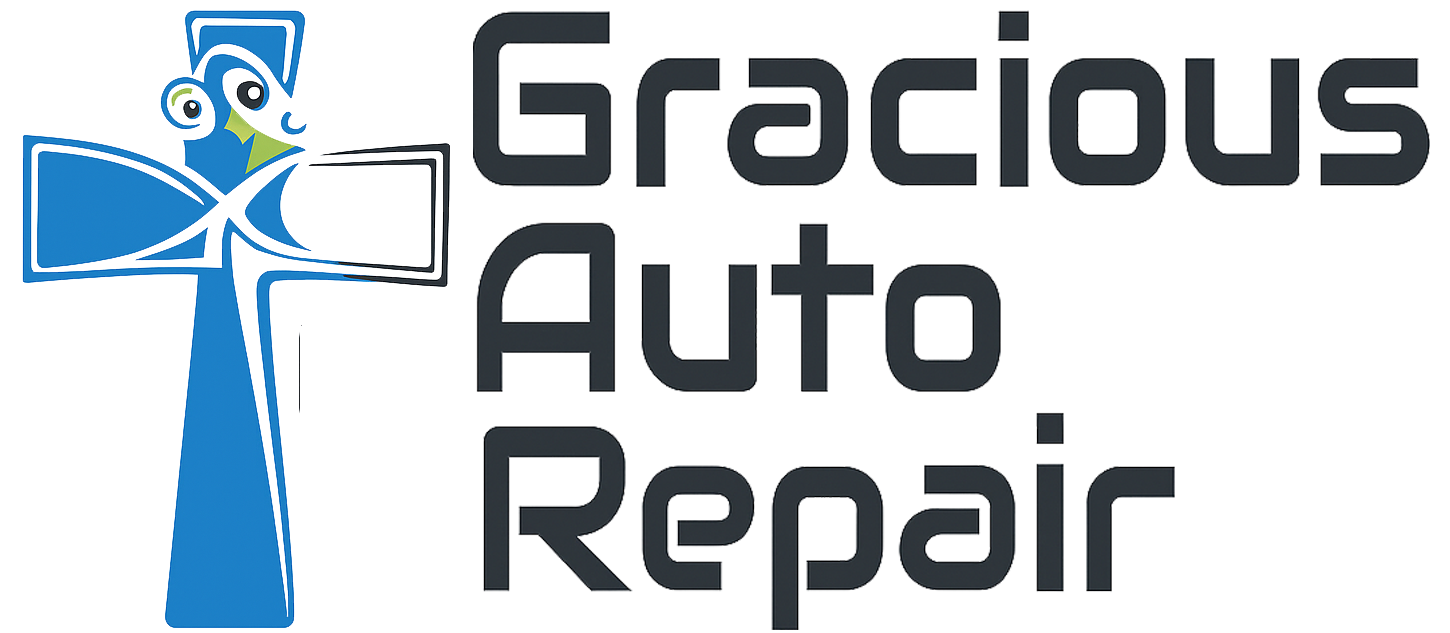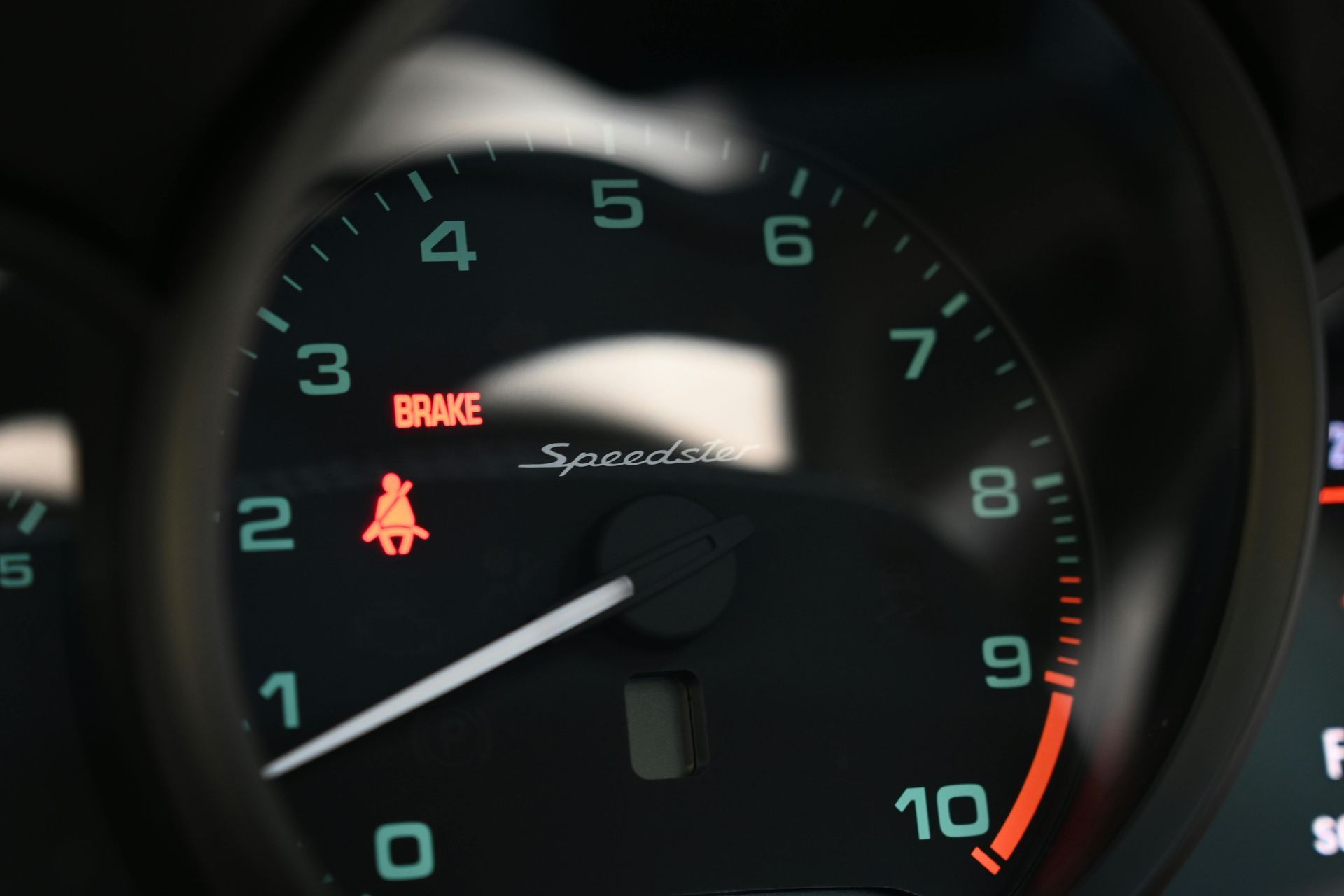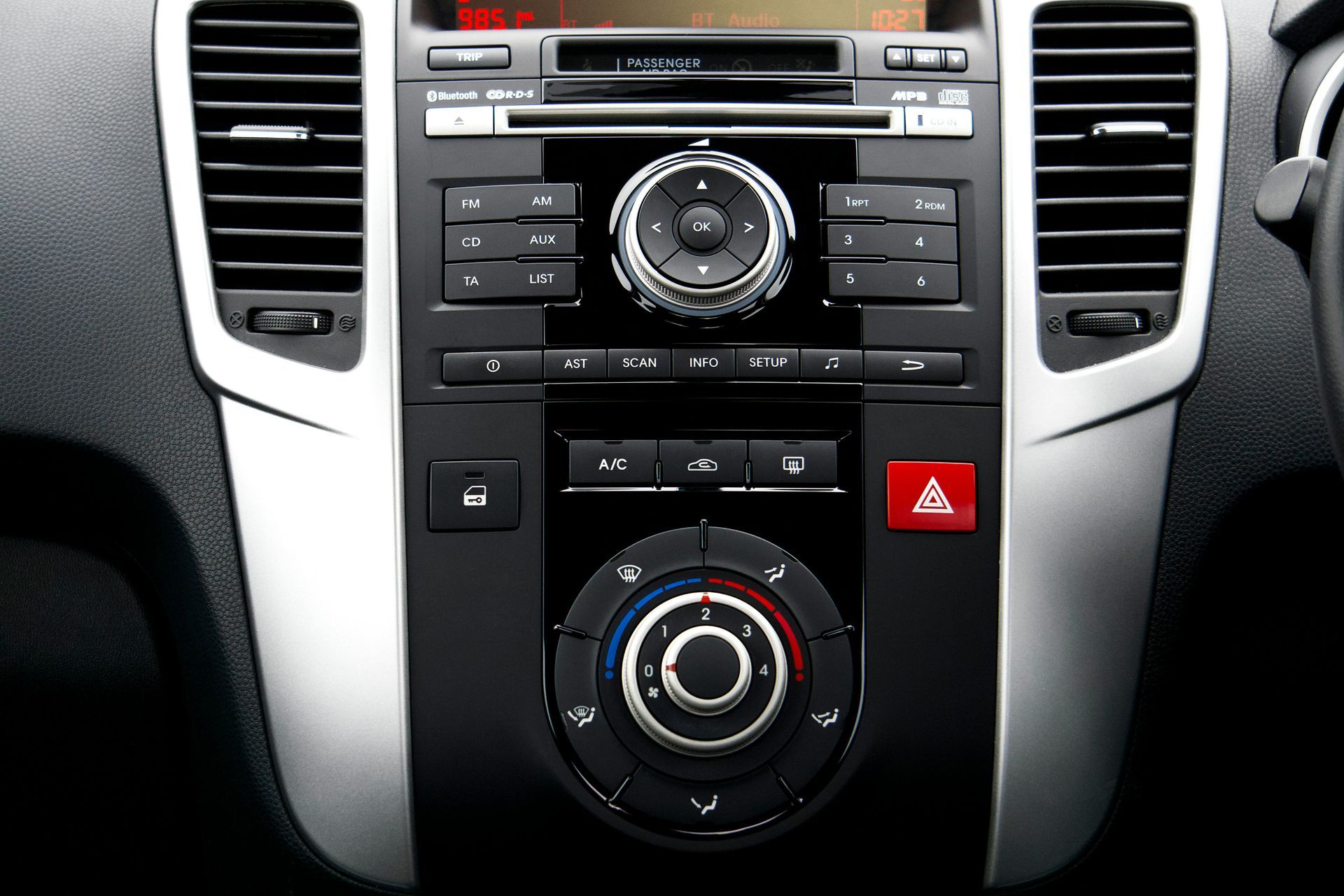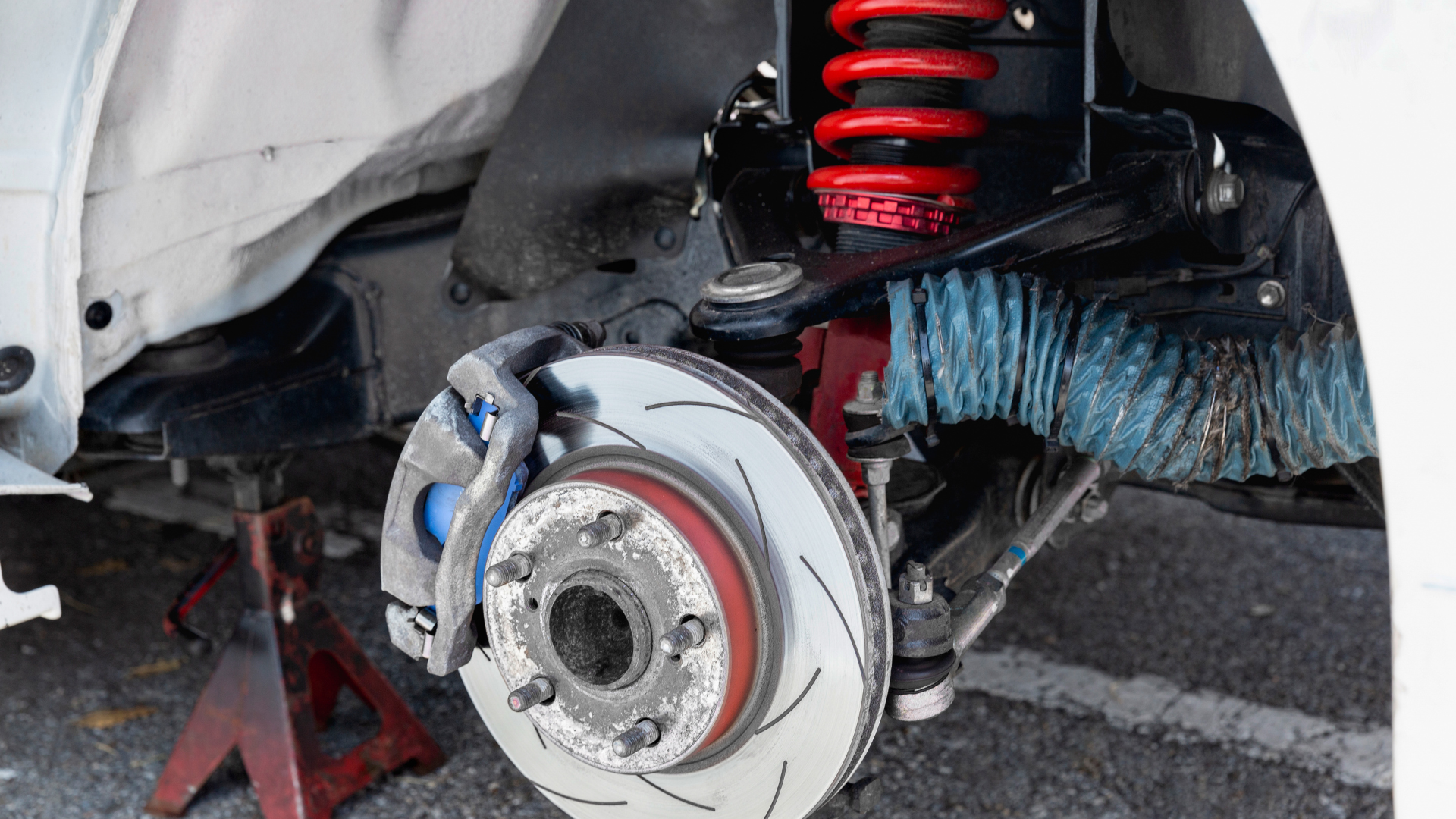What That Dashboard Warning Light Really Means
What That Dashboard Warning Light Really Means

You’re driving down O Street in Lincoln, enjoying your commute or running errands—and suddenly, a light flickers to life on your dashboard. Maybe it’s red, yellow, or flashing. Maybe it’s shaped like an engine, a battery, or just says “CHECK.” What does it mean? Should you pull over immediately? Can you keep driving?
For many drivers in Lincoln, dashboard warning lights are a source of confusion and anxiety. They're designed to alert you to problems—but without proper understanding, they can lead to unnecessary panic or dangerous delays in repair.
In this guide, we’ll break down the most common dashboard warning lights, what each one means, how serious it is, and what you should do next. If you're ever in doubt, Gracious Auto Repair is here in Lincoln, NE to help with fast, accurate vehicle diagnostics.
Why Dashboard Warning Lights Matter
Modern vehicles are equipped with dozens of sensors that monitor your car’s systems in real time. When something goes wrong—or is about to—the vehicle triggers a warning light on your dashboard. These lights are part of your Onboard Diagnostics System (OBD-II) and help prevent small issues from turning into major repairs.
However, these lights are only helpful if you understand what they mean. Misunderstanding a minor issue can lead to unnecessary repairs, while ignoring a critical warning could result in catastrophic engine or brake failure.
In short: Dashboard lights are your car’s way of talking to you. It’s essential you know how to listen.
Dashboard Light Color Codes: What They Indicate
Before diving into individual lights, it’s helpful to understand the color system most dashboards use:
- Red Light: Immediate danger. Stop the vehicle as soon as it is safe.
- Yellow or Orange Light: Caution. Service is needed soon, but you can usually keep driving for a short time.
- Green or Blue Light: Informational only (e.g., headlights on, cruise control active).
1. Check Engine Light
Icon: Engine outline
Color: Usually yellow or orange
Severity: Varies from minor to critical
What it means:
The check engine light (CEL) can be triggered by hundreds of different issues, from a loose gas cap to serious engine misfires. It’s your car’s general “something’s wrong” alert and should never be ignored.
Common causes:
- Loose or broken gas cap
- Faulty oxygen sensor
- Bad spark plugs or coils
- Catalytic converter failure
- Mass airflow sensor issues
What to do:
If the light is
solid, schedule diagnostics soon.
If the light is
flashing, it may indicate engine misfires—stop driving immediately and call for help.
At Gracious Auto Repair, we use professional-grade diagnostic tools to read your vehicle’s trouble codes and pinpoint the issue quickly.
2. Battery Warning Light
Icon: Battery with +/- symbols
Color: Red
Severity: High
What it means:
Your car’s charging system is malfunctioning. This doesn’t always mean the battery is dead—it could be the alternator, voltage regulator, or wiring.
What to do:
If the light comes on while driving, turn off non-essential electronics (AC, radio, lights if it’s daytime) to conserve power. Drive straight to a mechanic. Your vehicle may only run for a short time on battery power alone.
3. Oil Pressure Warning Light
Icon: Oil can with a drop
Color: Red
Severity: Critical
What it means:
Oil pressure is dangerously low. This could be due to low oil levels, a failing oil pump, or a blocked filter.
What to do:
Stop the engine immediately. Driving with low oil pressure can destroy your engine. Check your oil level if you're comfortable doing so. If it’s low, adding oil may turn off the light. If the light stays on, call Gracious Auto Repair or have your vehicle towed.
4. Temperature Warning Light
Icon: Thermometer submerged in liquid
Color: Red
Severity: Critical
What it means:
Your engine is overheating. This can result from low coolant, a failed thermostat, or a broken radiator fan.
What to do:
Pull over, turn off the engine, and let it cool. Do not open the radiator cap when hot—it can cause severe burns. Once cooled, check coolant levels or call for assistance. Overheating can warp the engine block or head.
5. Brake System Warning Light
Icon: Circle with exclamation point or “BRAKE”
Color: Red
Severity: High to Critical
What it means:
This may indicate:
- Parking brake is engaged
- Brake fluid is low
- ABS system failure
- Brake pad wear sensor triggered
What to do:
First, make sure the parking brake is fully released. If the light stays on, get your brakes inspected immediately. Brakes are not something to gamble with. At Gracious Auto Repair, we perform full brake diagnostics and service right here in Lincoln.
6. Anti-lock Braking System (ABS) Light
Icon: Circle with “ABS”
Color: Yellow or orange
Severity: Moderate
What it means:
Your ABS system has failed. Your standard brakes still work, but ABS will not engage during hard stops or on slick surfaces.
What to do:
Drive cautiously and avoid hard braking. Schedule an appointment to have your ABS system scanned and repaired.
7. Tire Pressure Monitoring System (TPMS) Light
Icon: Exclamation mark inside a horseshoe
Color: Yellow
Severity: Low to Moderate
What it means:
One or more tires are underinflated, which reduces fuel efficiency and increases the risk of a blowout.
What to do:
Check all four tires with a gauge and inflate them to the recommended PSI (found on the driver’s door sticker). If the light stays on, the sensor itself may be faulty.
8. Airbag Warning Light
Icon: Person with airbag deployed
Color: Red
Severity: High
What it means:
There is a fault in the airbag system. In an accident, the airbags may fail to deploy—or may deploy incorrectly.
What to do:
This should be addressed immediately. Airbag system diagnostics often require specialized tools. Our Lincoln technicians are trained to inspect and repair SRS systems safely.
9. Traction Control or Stability Control Light
Icon: Car with wavy lines or “ESC”
Color: Yellow
Severity: Low to Moderate
What it means:
Your traction control system has activated (common during rain, snow, or gravel driving). If the light stays on, the system may be disabled due to a sensor issue.
What to do:
It’s safe to drive with caution, but you should have it inspected. For Lincoln winters, traction and stability control are crucial for avoiding loss of control.
10. Service Required or Maintenance Light
Icon: Wrench or “SERVICE”
Color: Yellow
Severity: Low
What it means:
This light often comes on due to mileage-based intervals—oil change due, tire rotation, etc.
What to do:
Check your vehicle’s manual for the specific schedule. At Gracious Auto Repair, we reset your service light after each visit and help you stay on schedule.
What If Multiple Lights Come On?
If more than one warning light comes on at once—especially red ones—it could mean a serious system failure. Don’t guess. Safely pull over and call your mechanic.
In many modern vehicles, warning lights can “cascade” based on a root cause. For example, low voltage from a failing battery may trigger ABS and stability control lights. Accurate diagnostics matter.
Why Choose Gracious Auto Repair in Lincoln for Dashboard Light Diagnostics?
At Gracious Auto Repair, we’ve seen every dashboard light situation imaginable. Our customers choose us because:
- We use
professional-grade scan tools to retrieve error codes.
- We
don’t upsell—we show you exactly what’s wrong and explain it clearly.
- We offer
same-day diagnostics for most vehicles.
- We have experience with domestic, European, and Asian vehicles.
- We’re a
trusted, local Lincoln mechanic who treats customers with honesty.
If a light’s on in your dashboard, we’re your go-to team to figure it out fast.
FAQs: Lincoln Drivers & Dashboard Lights
Q: Can I drive with the check engine light on?
A: If it’s solid and the car runs normally, yes—but schedule diagnostics soon. If it’s flashing,
stop immediately.
Q: My TPMS light came on after the cold weather hit. Is that normal?
A: Yes. Tire pressure drops in colder temperatures. Check and inflate tires to the recommended PSI.
Q: The brake light came on, but the brakes feel fine. Should I worry?
A: Yes. The system may detect fluid loss or uneven pressure before you notice performance changes.
Q: Will disconnecting the battery reset the warning lights?
A: Temporarily, but it won’t fix the underlying issue. Most lights will return once the system detects the problem again.
Q: Do you charge for diagnostics?
A: We offer
affordable scan diagnostics and waive the fee if you approve recommended repairs.
Book Your Diagnostic Appointment Today
Don’t ignore your dashboard warning lights. Whether it’s a simple sensor or a serious issue, Gracious Auto Repair in Lincoln is ready to help.
Visit us at:
10001 Weeks Dr, Lincoln, NE 68516
Call: (402) 430-7063
Hours: Monday–Friday, 8 AM to 5 PM
Service Areas: Lincoln, South Lincoln, Yankee Hill, College View, and surrounding communities.




